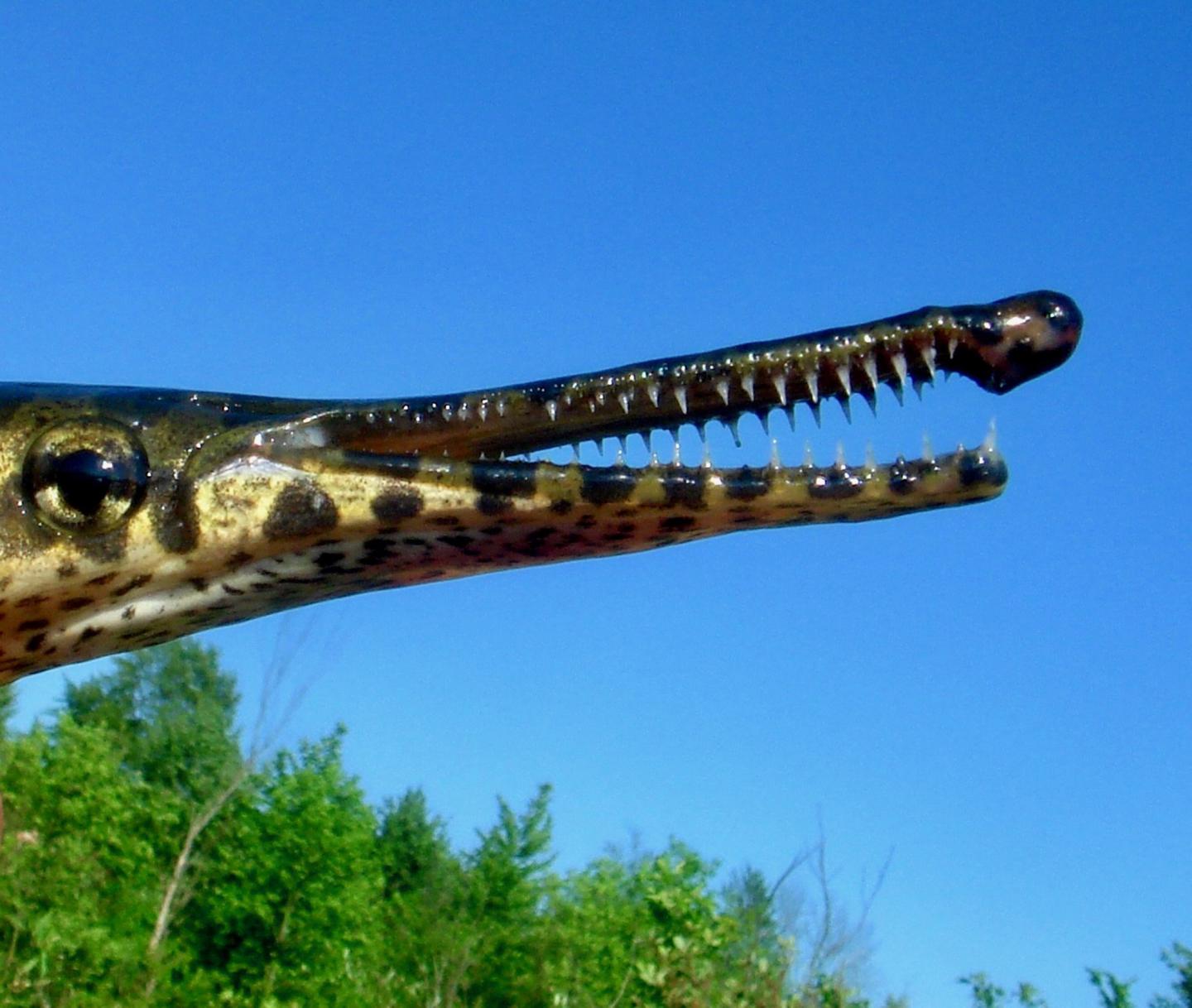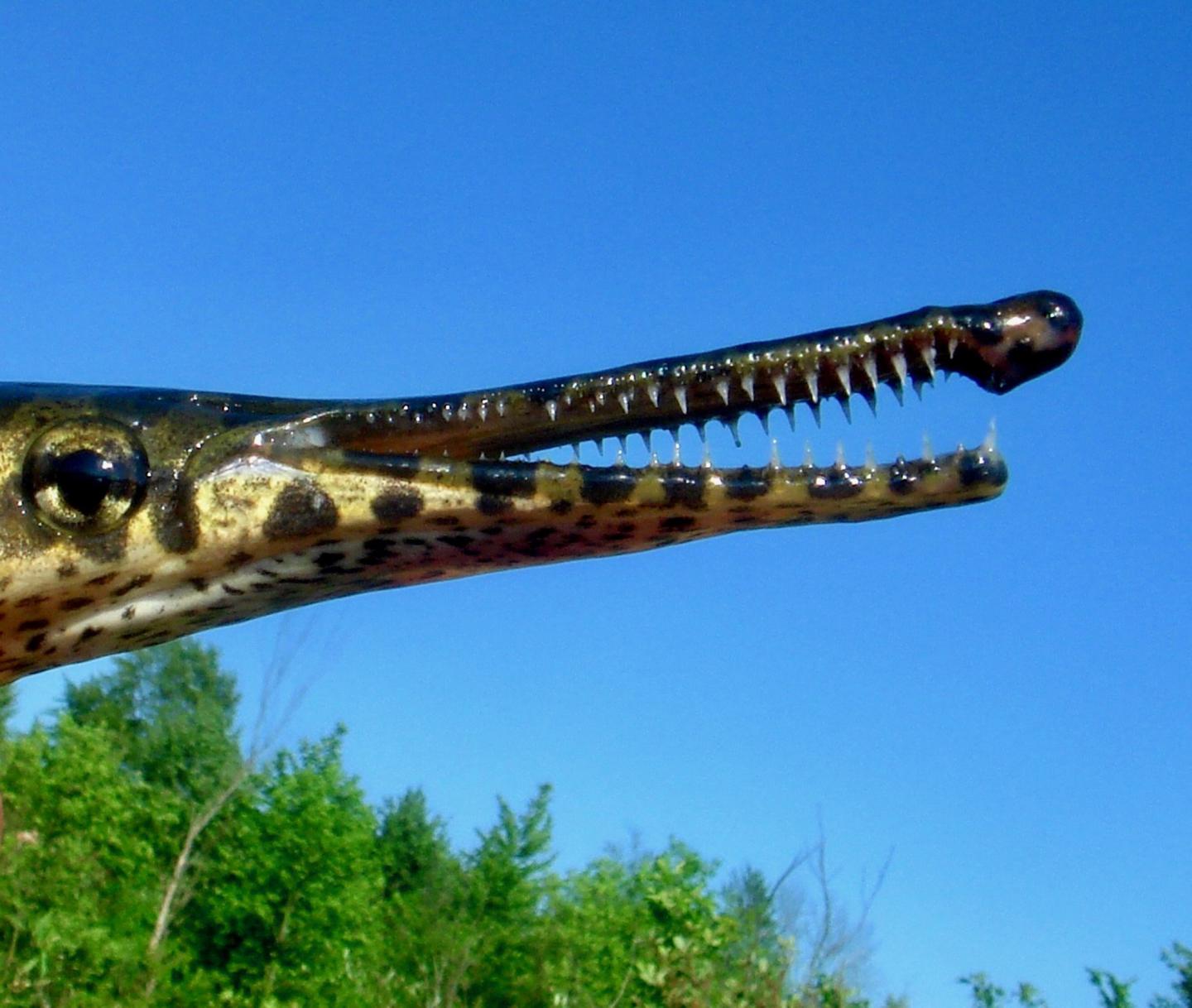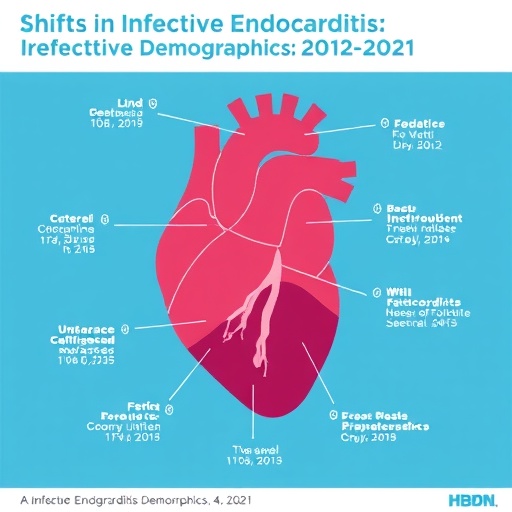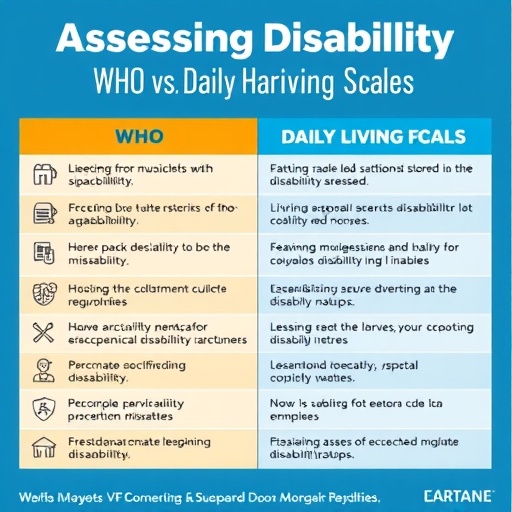
Credit: Courtesy of MSU
EAST LANSING, Mich. – Michigan State University has landed a $727,000 grant from the National Institutes of Health to improve the use of fish as disease models for human medicine.
Ingo Braasch, MSU integrative biologist who's leading the MSU efforts of this collaborative grant that also includes the University of Oregon and Nicholls State University (Louisiana), will focus on the spotted gar, which has a similar genome to humans and zebrafish, a popular biomedical fish model. The ancient, slowly evolving spotted gar can serve as a "bridge species" between human and zebrafish, thereby opening pathways to important advancements in human biomedical research.
"There are potentially thousands of connections that can be made from human to zebrafish and back through gar as a steppingstone that could not be done by comparing human and zebrafish directly," Braasch said. "This points to a better way to perform biomedical research for studying human disease in zebrafish. With higher precision, researchers will be able to find the right region in the genome of zebrafish to design experiments and mutation models."
Genome-wide association studies, or GWAS, have detected thousands of genetic variations near hundreds of genes associated with numerous human diseases. The problem is that scientists don't know which gene near a GWAS region in the human genome may cause the disease. Comparative medicine, using rearranged genomes of fish models to test hypotheses, can help locate those troublesome intersections and lead to personalized approaches to investigate and potentially treat those diseases.
Zebrafish are often used as model fish in biomedical research, but due to their genetic divergence from humans it can be difficult to make direct biological comparisons.
Braasch believes the spotted gar can help biomedical researchers make the jump. He hopes to develop additional resources to help identify disease-associated genetic region in humans. In turn, researchers can then locate the corresponding region in spotted gar and then investigate the appropriate location in the genomes of zebrafish or other fish models.
Yes, but what makes gar so special?
First, ever since the fish and human lineages split about 450 million years ago, the gar genome has not changed as much as that of more modern fish like zebrafish. Second, gars also offer a window into the evolution of vertebrate anatomy because their body plan has not changed as much as those of modern fish. Gar helps to understand how fins evolved into limbs that allowed fish to walk on land and how enamel on our teeth evolved from ancient types of fish scales, which are still found in gar.
"We are using gar to further improve comparisons of humans to zebrafish to make zebrafish an even better model system for disease research," Braasch said. "And by studying gar, zebrafish and other fishes side-by-side, we also hope to answer many more evolutionary questions about the origin of vertebrate genomes and their biology."
###
Michigan State University has been working to advance the common good in uncommon ways for more than 150 years. One of the top research universities in the world, MSU focuses its vast resources on creating solutions to some of the world's most pressing challenges, while providing life-changing opportunities to a diverse and inclusive academic community through more than 200 programs of study in 17 degree-granting colleges.
For MSU news on the Web, go to MSUToday. Follow MSU News on Twitter at twitter.com/MSUnews.
Media Contact
Layne Cameron
[email protected]
517-353-8819
@MSUnews
http://msutoday.msu.edu/journalists/
############
Story Source: Materials provided by Scienmag





